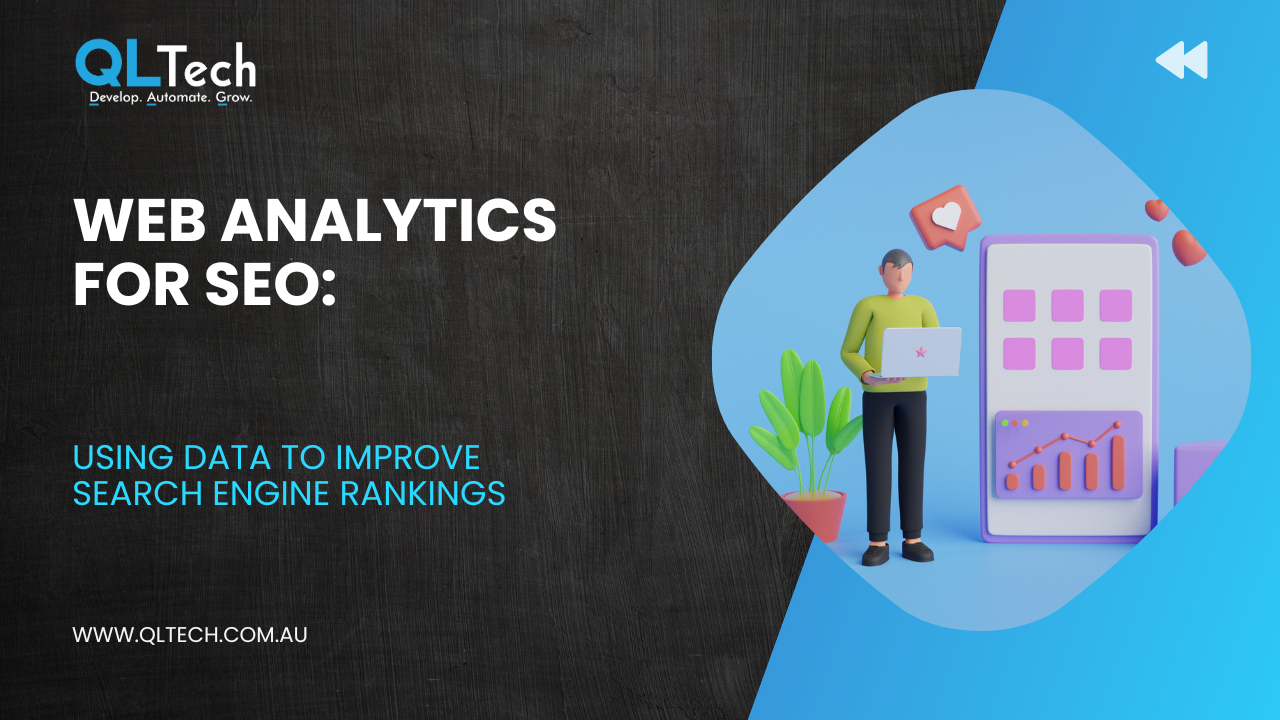In the ever-evolving landscape of search engine optimisation (SEO), Core Web Vitals have emerged as key metrics that directly impact user experience and website performance. These vital metrics, defined by Google, focus on aspects such as page speed, interactivity, and visual stability, all of which contribute to the overall user experience. This article delves into the significance of Core Web Vitals for SEO and provides actionable strategies to enhance page speed and loading times, ultimately improving website rankings and user satisfaction.

- Understanding Core Web Vitals:
- Core Web Vitals consist of three key metrics:
- Largest Contentful Paint (LCP): Measures the loading performance of a webpage by analysing the time it takes for the largest content element to become visible.
- First Input Delay (FID): Assesses the responsiveness of a webpage by evaluating the delay between a user’s interaction (e.g., clicking a button) and the browser’s response.
- Cumulative Layout Shift (CLS): Gauges the visual stability of a webpage by quantifying unexpected layout shifts during the loading process.
- Impact on SEO Rankings:
- Google has indicated that Core Web Vitals will become a crucial ranking factor in its algorithm, emphasising the importance of user-centric metrics in determining search rankings. Websites that deliver optimal user experiences, as reflected in favorable Core Web Vitals scores, are likely to rank higher in search engine results pages (SERPs), resulting in increased visibility and organic traffic.
- Strategies to Improve Page Speed and Loading Times:
- a. Optimise Image Size and Format: Compress images to reduce file size without compromising quality. Utilise modern image formats such as WebP to achieve better compression ratios.
- b. Minimise Server Response Time: Invest in reliable hosting services and optimise server configurations to reduce server response times. Implement caching mechanisms and content delivery networks (CDNs) to distribute content efficiently.
- c. Prioritise Critical Resources: Identify and prioritise critical resources such as CSS, JavaScript, and fonts to ensure faster loading of essential page elements. Employ techniques like lazy loading to defer non-critical resources.
- d. Eliminate Render-Blocking Resources: Minimise the impact of render-blocking resources by deferring JavaScript execution, optimising CSS delivery, and utilising asynchronous loading techniques.
- e. Streamline Code and Scripts: Remove unnecessary code, plugins, and scripts that contribute to page bloat and slow performance. Optimise code structure and execution to improve rendering and processing efficiency.
- f. Leverage Browser Caching: Configure server-side caching headers to instruct browsers to cache static assets, reducing the need for repeated downloads and enhancing page load times for returning visitors.
- g. Monitor and Test Performance Regularly: Continuously monitor Core Web Vitals metrics using tools like Google PageSpeed Insights, Lighthouse, and Chrome DevTools. Conduct performance audits and A/B tests to identify areas for improvement and measure the impact of optimisations.
- User Experience Optimisation:
- Beyond addressing Core Web Vitals metrics, focus on overall user experience optimisation to enhance engagement and satisfaction. Improve navigation, readability, and mobile responsiveness to create a seamless browsing experience across devices and screen sizes.
- Continuous Optimisation and Adaptation:
- SEO and website optimisation are ongoing processes that require continuous monitoring, adaptation, and refinement. Stay informed about updates to search engine algorithms and industry best practices to maintain competitiveness and relevance in the digital landscape.
Conclusion: Core Web Vitals represent a paradigm shift in SEO, emphasising the importance of user experience and website performance in search rankings. By prioritising optimisations that enhance page speed, loading times, and overall user experience, website owners can improve their Core Web Vitals scores, boost search rankings, and drive organic traffic growth. Embrace a holistic approach to SEO that integrates technical optimisations with user-centric design principles, ensuring that your website not only meets search engine requirements but also delivers exceptional experiences that keep visitors engaged and satisfied.








